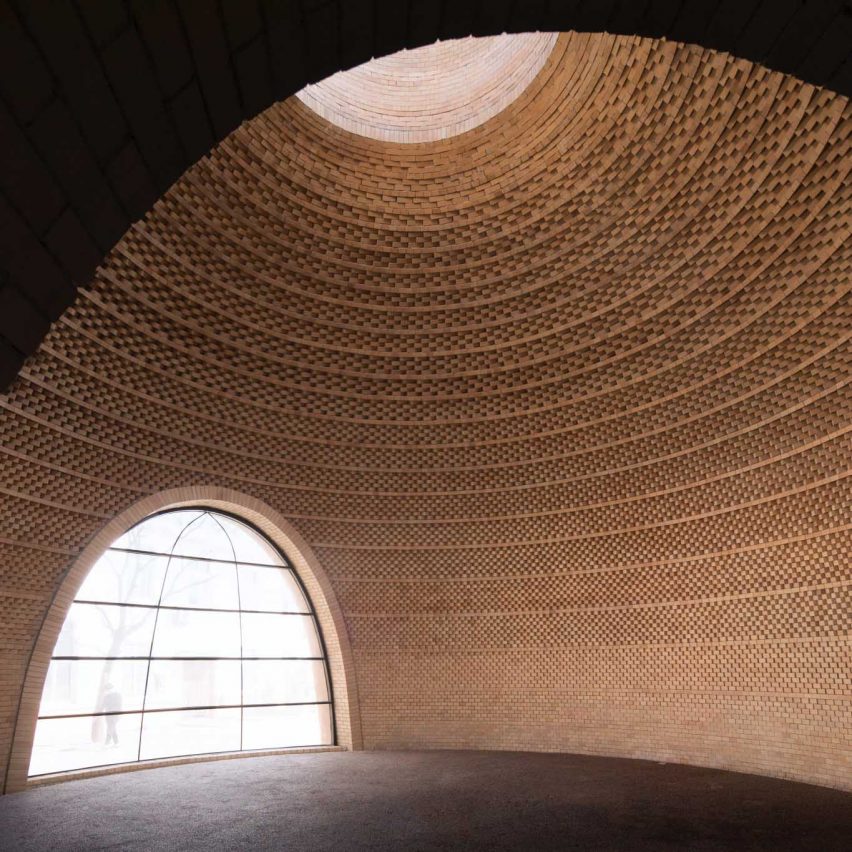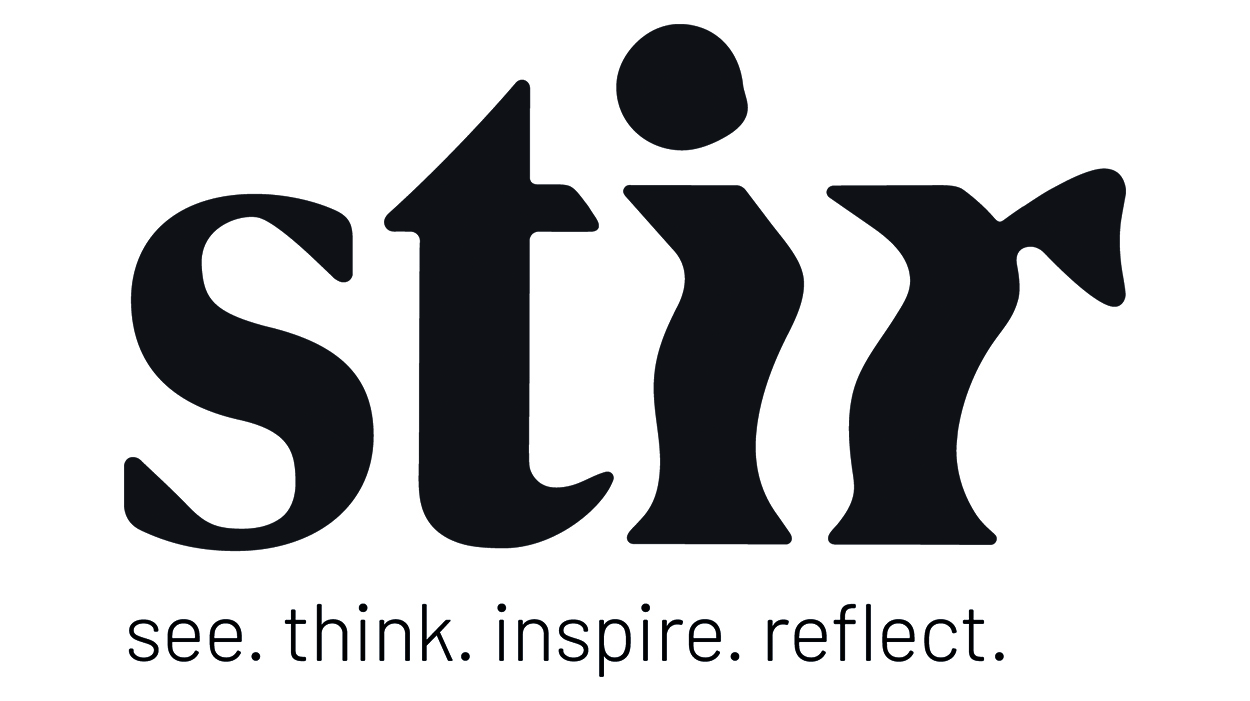Zhang Hua Studio has designed a small rice vinegar museum in Zibo city in central Shandong province.
The shape of the ancient vinegar jars, cans and other containers gave the designers the initial design inspiration. The overall shape of the building is a simple cube.
The texture of the building facade is like a geological fault-section, making the building grow out of the ground, while the grooves on the vertical surface are the marks of the buried ancient containers printed on the cube.
The facade is decorated with concrete slabs made from waste materials. The Ammann tiling method not only reduces the construction difficulty, but also makes the splicing effect random and natural.
Sunlight enters the space through the skylit dome, creating shadows in the vinegar altar. With the change of time, the shadows of the vinegar altar changes into different shapes.
This project has been longlisted in the rebirth project category of Dezeen Awards 2020.
Architect: Zhang Hua Studio and Tianjin University Research Institute of Architectural Design & Urban Planning
Project: Millet Vinegar Museum
































